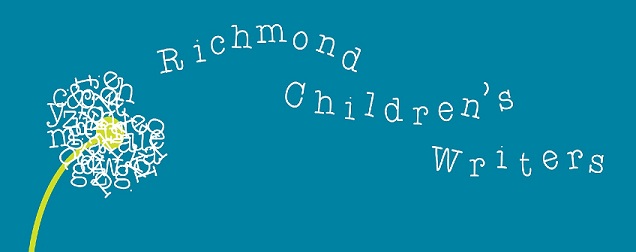One of the tricky things about writing for children has to do with determining your audience. Who is your story for? The kind of book that will appeal to a seven year old is unlikely to appeal to a 15-year-old; that is, unless the protagonist has a lightning-shaped scar on his forehead.
To familiarize yourself with age categories in children's literature, spend some time in a bookstore with a good selection for children (read as: bbgb tales for kids).
Here is a general idea of how books are marketed for children:
- Board books are appropriate for infants and toddlers. They are short and simple and rely heavily on illustration.
- Picture books are appropriate for pre-readers and readers of ages infant through nine. Nonfiction picture books may stretch that on the upper end. Picture books are meant to be read aloud to young children and include illustrations which tell the story along with the text.
- Early readers are appropriate for children ages five through seven. These books are designed to help a child build his or her independent reading skills. For that reason, they usually have limited vocabulary.
- Chapter books are appropriate for ages seven through nine. These books are similar to novels but have shorter chapters, less complexity, and few if any subplots. They often include several illustrations.
- Middle-grade novels are appropriate for readers ages eight through twelve. They are longer and more complex than chapter books.
- Young adult novels are appropriate for readers ages 13 through 18. The themes and language are more mature than those for the middle-grade audience. Characters and plot become more complex and the narrative voice reflects the adolescent experience.
Not all books fall neatly into these categories, but in general, a book seller has to know how to sell a book, which means that anything that is difficult to categorize could be difficult to sell.
Having said all that, remember that you might not know who the story is for until after you write it. My writing process includes writing the first draft the way the story comes to me. After that, I take a good look at what I've got and try to figure out where it fits in the scheme of things. After you determine your audience, you can revise with your readers in mind and make any changes that will align the story with their reading ability and age-related sensibilities.


No comments:
Post a Comment